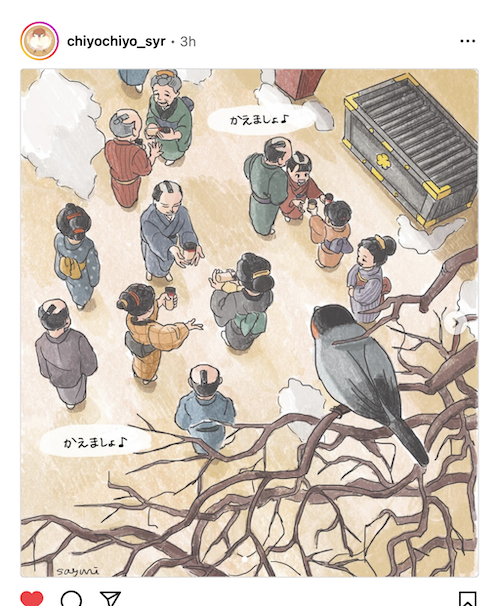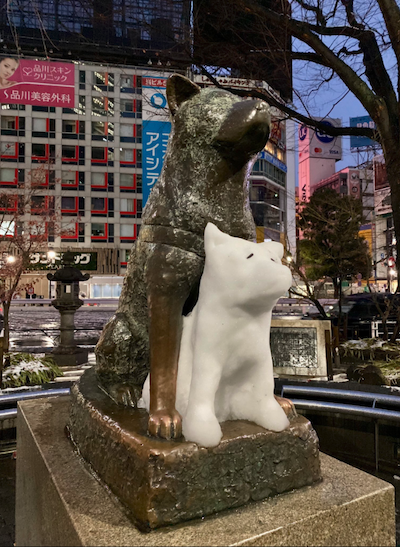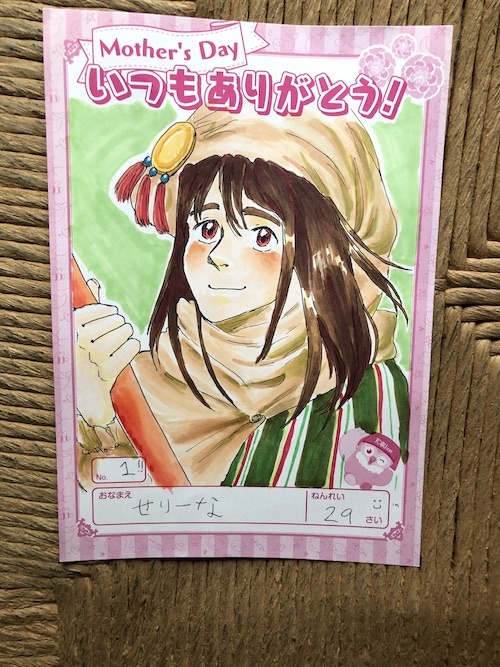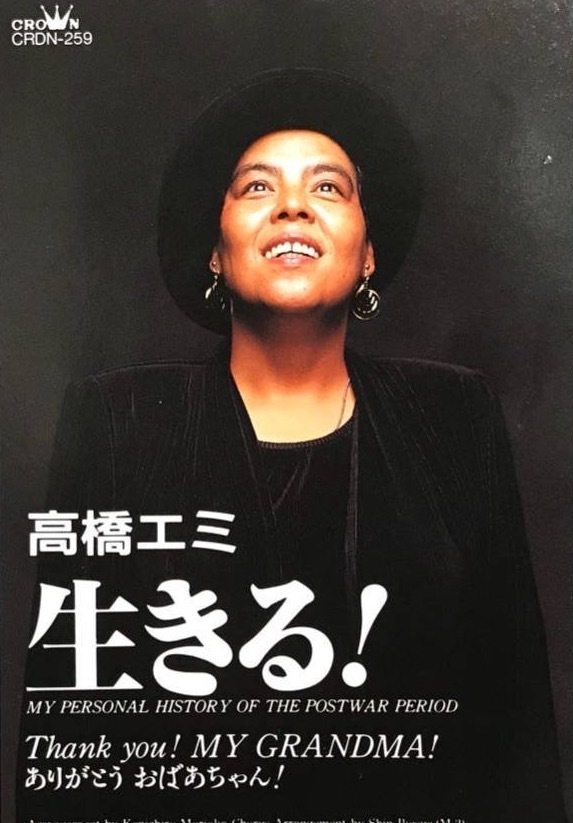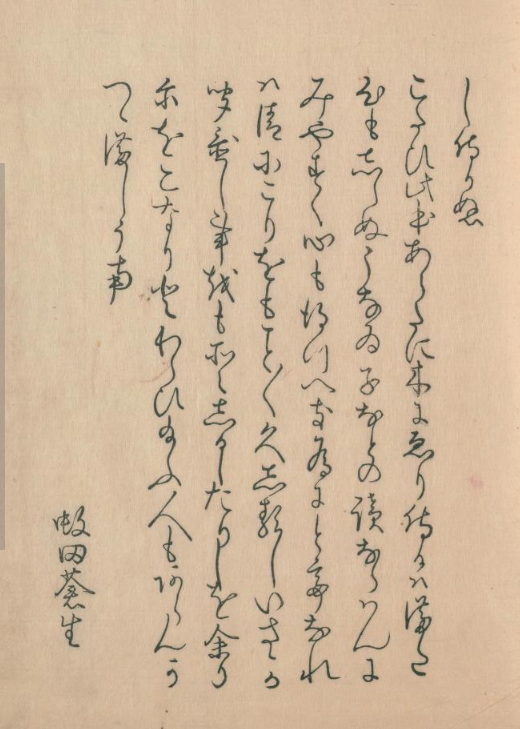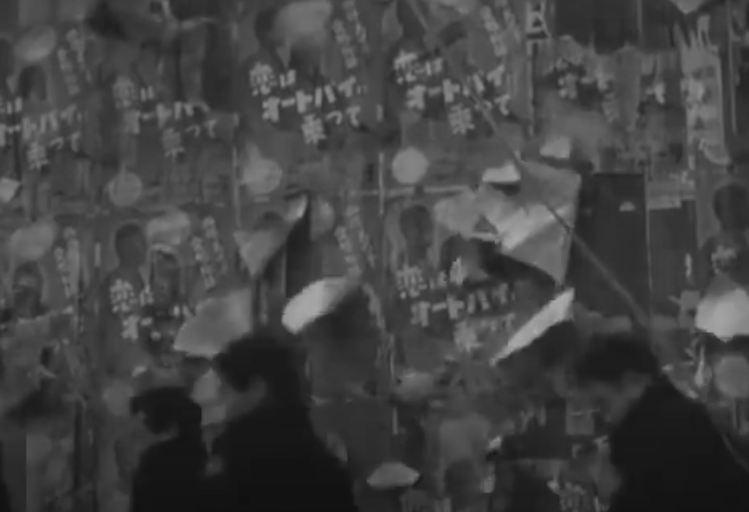asa-no-ha moyō; a father's face
Feb. 3rd, 2025 02:10 pmAsa-no-ha moyō
My third kid, Little Springtime, was born in Japan. Friends there gave us baby clothes for her that had this pattern on it. We were told that traditionally, this was a protective pattern that will keep babies safe.

I thought I'd like to make a quilt with this pattern for my arriving-in-April grandchild, so I wanted to find it online so I'd be sure to get it right. But I didn't know the name for the pattern. Imagine my amusement when I found out it's 麻の葉文様, asa-no-ha moyō. "Moyō" means "pattern"; "ha" means "leaf"; and asa (麻; also read "ma") means .... drumroll please... cannabis! (but also hemp or flax; all these things are related). In fact 麻 is the first character in the compound 麻薬, mayaku, which means "narcotic."
Japan is very strict with regard to drugs. It's something universities here have to counsel students who are going over on an exchange year about: certain ADHD medications are prohibited--Adderall, for example--and certain things that are over-the-counter medications in the United States are also prohibited (e.g., Nyquil). And let's not even talk about cannabis possession.
But in olden times, people knew another truth ;-)
A father's face
My dad frequently buys ham at the deli in his local Hannafords, so he's a familiar face there. One middle-aged woman behind the counter is always friendly to him. Yesterday, when he was there, she said,
"Do you know why I like you so much?"
"Is it that we know each other from somewhere else?" he asked.
"No--it's that you remind me of my father." She gestured to her chin to indicate my dad's beard. It turned out her father passed away two years ago. She and my dad got to talking more. "You've inherited his friendly ways," my dad said to her. It turns out she's from Iraq.
Sometimes people are angels in our lives, and I feel like he was one for her and she was one for him.
My third kid, Little Springtime, was born in Japan. Friends there gave us baby clothes for her that had this pattern on it. We were told that traditionally, this was a protective pattern that will keep babies safe.

I thought I'd like to make a quilt with this pattern for my arriving-in-April grandchild, so I wanted to find it online so I'd be sure to get it right. But I didn't know the name for the pattern. Imagine my amusement when I found out it's 麻の葉文様, asa-no-ha moyō. "Moyō" means "pattern"; "ha" means "leaf"; and asa (麻; also read "ma") means .... drumroll please... cannabis! (but also hemp or flax; all these things are related). In fact 麻 is the first character in the compound 麻薬, mayaku, which means "narcotic."
Japan is very strict with regard to drugs. It's something universities here have to counsel students who are going over on an exchange year about: certain ADHD medications are prohibited--Adderall, for example--and certain things that are over-the-counter medications in the United States are also prohibited (e.g., Nyquil). And let's not even talk about cannabis possession.
But in olden times, people knew another truth ;-)
A father's face
My dad frequently buys ham at the deli in his local Hannafords, so he's a familiar face there. One middle-aged woman behind the counter is always friendly to him. Yesterday, when he was there, she said,
"Do you know why I like you so much?"
"Is it that we know each other from somewhere else?" he asked.
"No--it's that you remind me of my father." She gestured to her chin to indicate my dad's beard. It turned out her father passed away two years ago. She and my dad got to talking more. "You've inherited his friendly ways," my dad said to her. It turns out she's from Iraq.
Sometimes people are angels in our lives, and I feel like he was one for her and she was one for him.




